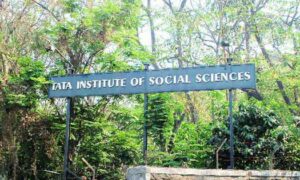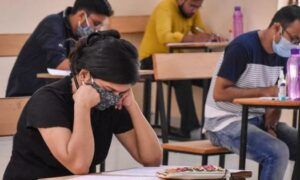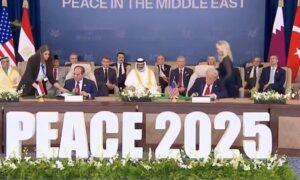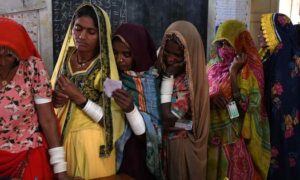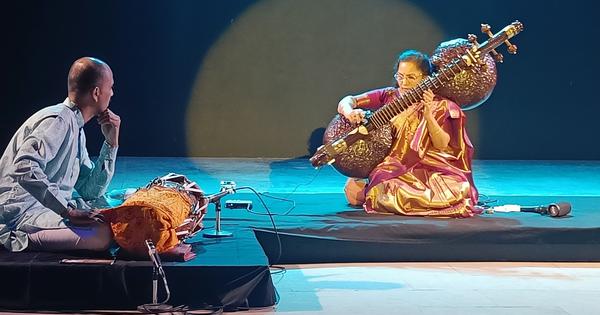
For several years, I have been a committed attendee of Mahagami Gurukul’s annual festival, Sarngadeva Samaroh held on its premises in Chhatrapati Sambhaji Nagar (formerly Aurangabad). I have long maintained that Mahagami Gurukul helmed and conceptualised by noted danseuse and pedagogue Parwati Dutta is an oasis for the performing arts in a region not particularly besotted to classical music or dance for various geographical, economic, and cultural factors.
Every year, spending four days at the annual festival is an eye-opening experience and a great learning opportunity. Like me, there are several individuals who return each year to this retreat to learn, observe, educate ourselves and leave more sensitised to the finer aspects of the performing arts. I also feel that Sarngadeva Samaroh presents a very interesting template of curating the performing arts which I will try to recount and discuss in this piece.
But before that, let us pause for a bit and think about curation. What does curation mean and entail? Curation is a much used and often abused term in the current times. Though popularly associated with the visual arts, the term has gained currency across all fields of the visual as well as performing arts. From art exhibitions to performing arts festivals to panel discussions, every forum now proudly proclaims the presence of a curator. It is the curator’s job to conceptualise and bring people together connected to a certain theme, idea, or an issue.
Etymologically, one can trace the word to the Latin “curare”, which means “to take care of”. For a long time, the job of the curator was to take care of a collection of objects in a museum or an exhibition. That perception has certainly undergone a significant transition over time as has the role and responsibility of the curator.
Curation is now hailed as creative work which involves thinking and understanding of creative processes and socio-cultural space where the creation is eventually showcased. Curators create new preambles to think and engage with the arts. They could inaugurate new ways of seeing, thinking, possibilities of reflection and analysis through the exhibitions or performances they curate. Curators therefore have a very important role to play.
While this is a very important task, I am not entirely sure about its execution especially in the realm of the performing arts in our country. Are our performing arts curators able to achieve what I have discussed above?
In this context, Parwati Dutta and her curation of Sarngadeva Samaroh ought to be studied, discussed and examined as a possible template for performing arts curation to be followed across institutions and cultural spaces in the country. Lest we forget, Mahagami Gurukul is also an institution/cultural space curated by Parwati Dutta and a space is made and sustained not only through bricks and mortar but a well-defined vision.
This might however raise a question in the minds of a few. How can Parwati Dutta, a performer be a curator? Aren’t those different things? To those who may be ambivalent, I would like to say there’s no conflict between the two. They ought to co-exist. I also feel that makers/performers often make the most interesting curatorial decisions/interventions vis a vis a field they have long explored through rigorous training and later as an occupation.
The maker/curator model has many advantages. The most interesting performing arts curation that I have witnessed were conceptualised by performing artists themselves who are well versed with intricacies of performance and its challenges. And their thinking or ideas about the performing arts is not constrained by theoretical knowledge alone. A case in point could be the wonderful Baajaa Gaajaa festivals curated by Shubha Mudgal and Aneesh Pradhan for many years in different cities of the country or the Jackfruit Music Festival, an annual festival of music for and by children curated by Shubha Mudgal and held in Bengaluru.
In 2025, Sarngadeva Samaroh celebrated its 16th edition. We saw performances every evening and the mornings were reserved for discussions, artist interactions, talks on disparate topics (not only connected to the performing arts), short research paper presentations by young and upcoming scholars or aspiring ones.
One might wonder but why talk about literature and history in a festival dedicated to dance and music? It is a rhetorical question though forcing us to think about theories of origin, texts associated with the performing arts and the long history of scholarship in the arts. Can the performing arts exist in isolation? Does it not borrow or enrich other disciplines? How do musicians and dancers find texts to choreograph or compose? And what about performing arts education? What should artists read and which are these texts? Should they just accept a text because it is considered traditional? What are the ways in which tradition interfaces with the modern? And how can artists integrate these into their practice?
Shastra – Prayoga-Parampara-Anusandhan, a harmonious blend of textual traditions, praxis, lineage, heritage and creative research has remained the focus of Sarngadeva Samaroh. Over the years, while listening and participating in the conversations held during the festivals comprising student research seminars and presentations by renowned scholars and masters, I have realised how we often tend to overlook or ignore the importance of this samvad which cannot be held in isolation but in conjunction with performances and the presence of the performer is critical in this dialogue.
This is precisely the vision of the curator, Parwati Dutta who brings together several stakeholders such as performers, students, academics, audience, and some representatives from the media to participate in this dialogue. We sit together and converse, reflect, discuss and debate.
We often hear performers complaining about diminishing audiences and the lack of discernment amongst those who come to their recitals. But how can we remedy this situation? May be initiatives like these could prove helpful. Over the years, Sarngadeva Samaroh has been able to create what I would like to term a “creative community” of seekers. This can only happen through sustained, engaged, and inclusive curation which Parwati Dutta has achieved at Mahagami Gurukul through this annual festival and the numerous other activities that are organised throughout the year to spread awareness and appreciation of the arts.
The discussions held at the festival cover a wide spectrum such as the process of choreography, music making, challenges of writing about the arts which can be abstract and ephemeral in some ways, texts available to a performer, artistic research and what it involves amongst many other concerns. Sometimes these conversations can be very enabling for the performers and future aspirants who can identify a community through this process. This could also lead to collaborative work or problem solving utilising collective resources. I have often thought that these discussions could lead to short choreographic works to be presented at future editions of the festival.
Sarngadeva Samaroh, perhaps unknowingly, has morphed into a laboratory of sorts encouraging free thinking and reflection on a wide range of ongoings in the field of contemporary performing arts in India. After all, are performers only going to dance and sing and not discuss, pose questions to each other, critique, and reflect on prayoga- parampara-anusandhan? And critique also involves learning from each other and not just identifying flaws in a performance. But critique comes from jigyasa, the spirit of enquiry.
For a mind to be inquisitive, the individual has to be exposed to a plethora of ideas and not feel constrained by disciplinary boundaries. It is my personal belief that curiosity is the hallmark of a good performer.
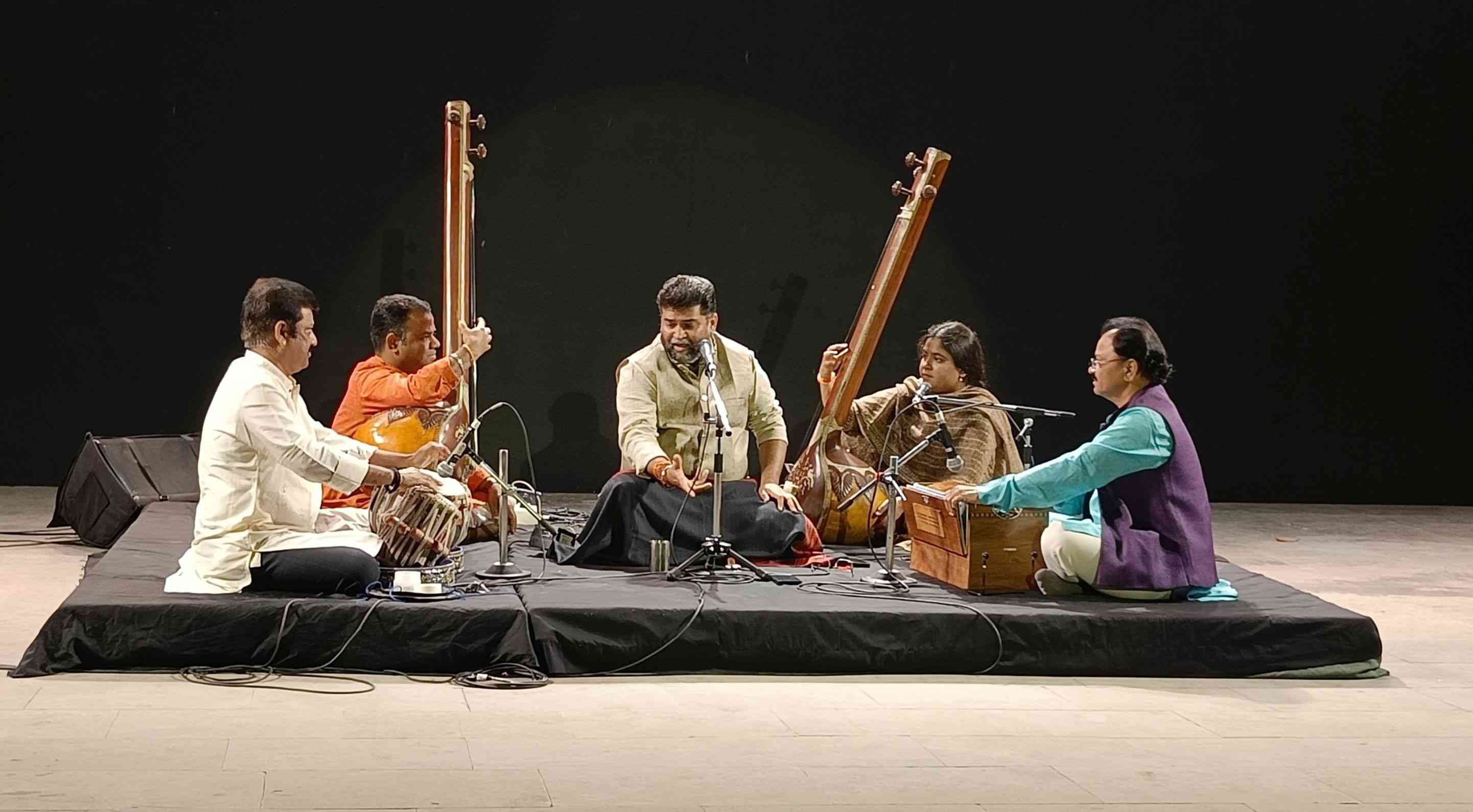
The festival is also a unique opportunity to meet and hear from the artist beyond the concert stage. At a concert, you can enjoy the performance, cherish the offering, think about what you have heard or seen and it might provoke a series of reflections but there is no opportunity to converse or hear more from the maker of the performance. At Sarngadeva Samaroh however, the performance is the beginning of a conversation followed by discussions on the following day during a workshop with the artist or a conversation with the maker. This might also be an interesting way to think of merging theory with practice and learn from the artist the process of creation.
As a viewer of the arts, I often think about the process of creation – how is a work born? How is music made? How is a choreography created? What was the thought process? Many of these ideas may be ephemeral but which other platform gives us an opportunity to openly dialogue about these issues in the presence of the artist? I think there is scope for great learning in this sort of semi-institutional, candid conversations.
We often hear of quarrels between theory and practice. Some performers reject theory/texts/research altogether and rely entirely on what their gurus may have taught them. I am not in favour of such a rigid position. The debates and confusions in the performing arts are endless. Ignorance is not a solution though. May be the kind of open dialogue held at Sarngadeva Samaroh where scholars and practitioners (I hate this binary) converse and listen to each other is a good beginning. This process might also help to recognise performance as research.
At Sarngadeva Samaroh, all of this is done not by accident but design. This performing arts festival is curated in such a way that it becomes more than just watching a series of performances over four days. I think this also leads to a more engaged audience who do not come to watch performances for pleasure alone or to demonstrate social capital but seek substantially more.
I am not suggesting that pleasure seeking should be frowned upon but for an arts ecosystem to develop and sustain, we need a robust audience too. And the audience that I have seen over the years at Mahagami Gurukul are open to all kinds of experiences. This too takes training and effort. The effort to watch and commit oneself to what is being performed on stage.
The hierarchy between classical and folk-art forms are often arbitrary. This has always come into question during different conversations at the festival. In her curation, Parwati Dutta has presented the classical arts alongside those identified as the folk arts leading to a series of questions in the mind of the onlooker such as if these binaries are false and unwanted? This is precisely why curation matters.
I am not saying that this model has never been attempted before but just staging performances won’t help dispel myths that surround the performing arts. Curation should enable new ways of thinking and critical questioning. We are not going to performing arts festivals to be mute spectators. Doesn’t watching dance or listening to music involve any thinking? How are we to evolve as audiences?
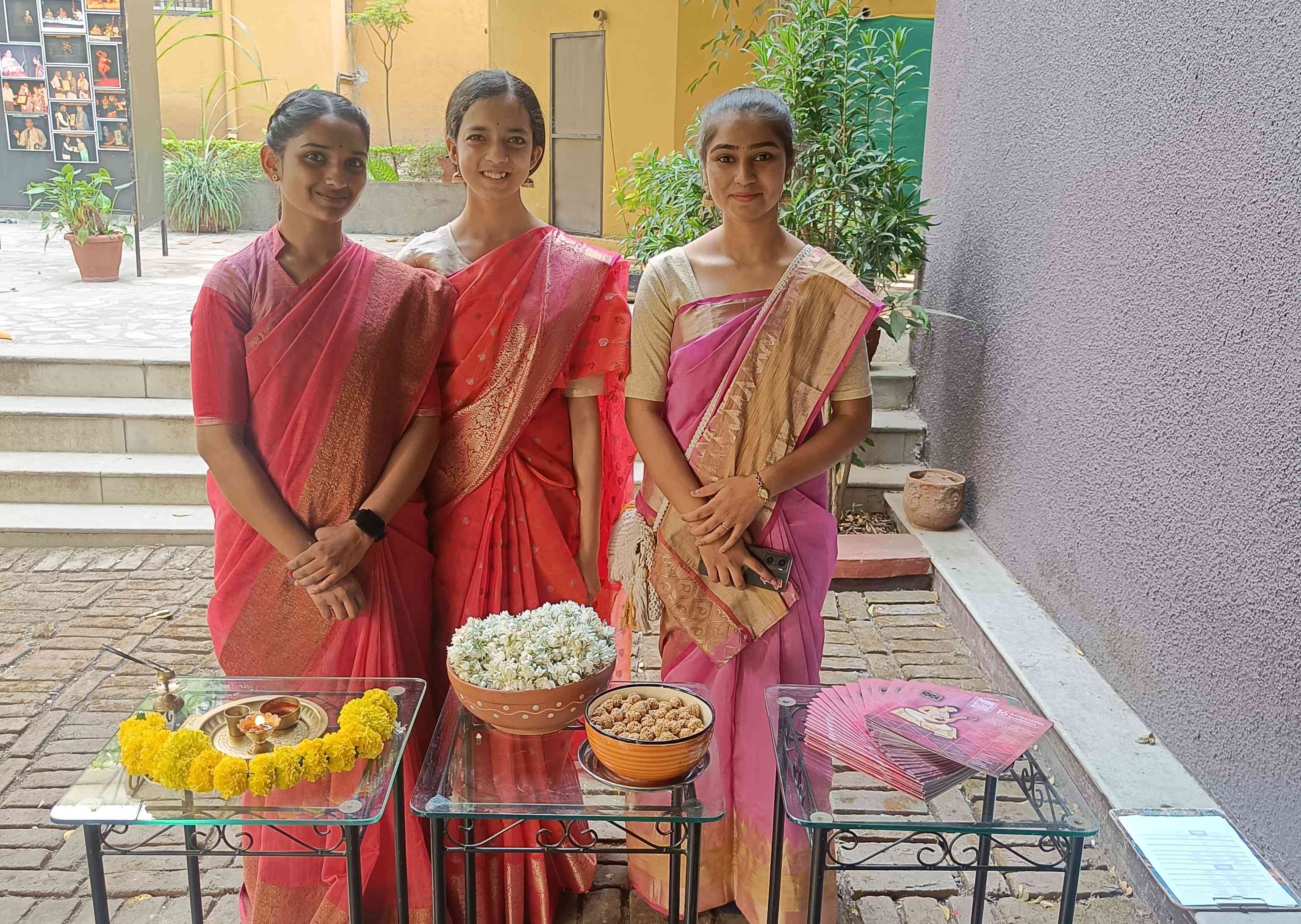
Programming itself can be an act of resistance and reinvention. I have seen and experienced this repeatedly at Sarngadeva Samaroh when a most sublime Hindustani vocal recital is followed by high energy Dashavatar performance, a popular folk drama from Goa and Konkan regions. The music changes, so does the stage and other associated paraphernalia. How does one watch them together, one after the other in quick succession? Are they similar? How are they different? What about the use of instruments? And the singing? The performances have left me with unresolved questions.
Later when I had the opportunity to catch up with the artists at the community dinner, the conversations began to flow again. The beauty of a festival like this one is the unchoreographed nature of conversations and the possibilities that the design of the festival creates for unhindered exchange and learning from each other. It creates intimacy.
There are numerous performing arts festivals in the country but how many of these are curated? Even those that claim to have a curator ought to reflect on the term and its purpose. Curation is just not selecting artists for performance. What is the purpose of this selection? And how are they selected? Based on success and popularity? Success of an artist should not be disregarded. Artists work very hard to eke a living and create a name for themselves through dedication and sustained effort but what if festivals could present well known artists alongside not so well-known ones or find other creative interventions to break away from the monotony of a handful of artists and art forms which hog the performance space at most of the top rung festivals in the country?
Art festivals are ephemeral in nature held over a span of a few days whereas institutions like Mahagami Gurukul work dedicatedly on music and dance education throughout the year. Commercial music and dance festivals are guided by maximisation of profits and nobody could dictate to an organiser what to do with their money and which artists to invite to their festival. On the contrary, organisations like Mahagami Gurukul struggle each year to organise funds for their annual festival. They use their own resources and earnings from concerts and performances to organise this festival which involves significant expenditure.
In my opinion, the primary charm of the festival amongst several other things is the location on a campus/ a gurukul where all participants are housed together during the entirety of the festival. It is also the same space where training is imparted through the year to students of the performing arts who also participate as attendees and volunteers.
Performing arts festivals could take many shapes and forms regardless of scale. In a constantly changing society, it will be a challenge for Mahagami Gurukul and Parwati Dutta to sustain this model of performing arts curation, education, and its dissemination through the annual festival which is not motivated by commercial gains but I know they will persevere and not compromise on their standards.
Kunal Ray is a culture critic and teaches at FLAME University, Pune.
A longer version of this essay first appeared in Sarngadeva Sarani, Research Pathways in Shastra and Prayoga Volume 2 edited by Parwati Dutta and published by MGM University, Sambhaji Nagar (Aurangabad).
📰 Crime Today News is proudly sponsored by DRYFRUIT & CO – A Brand by eFabby Global LLC
Design & Developed by Yes Mom Hosting


